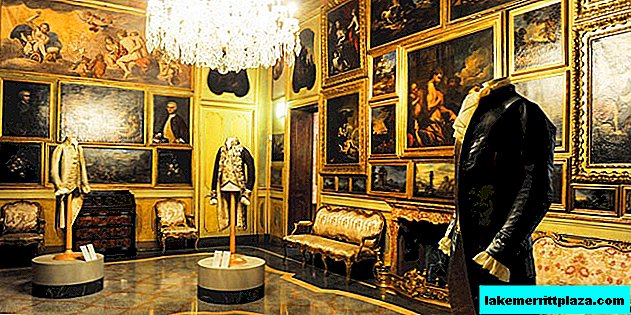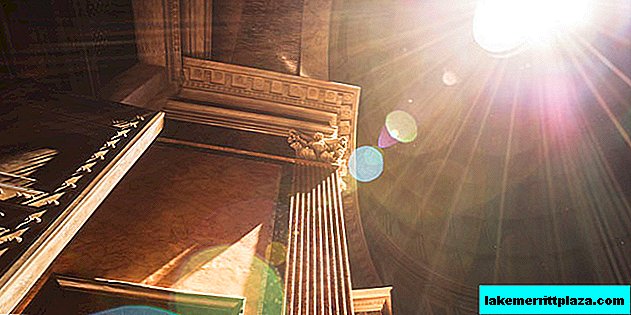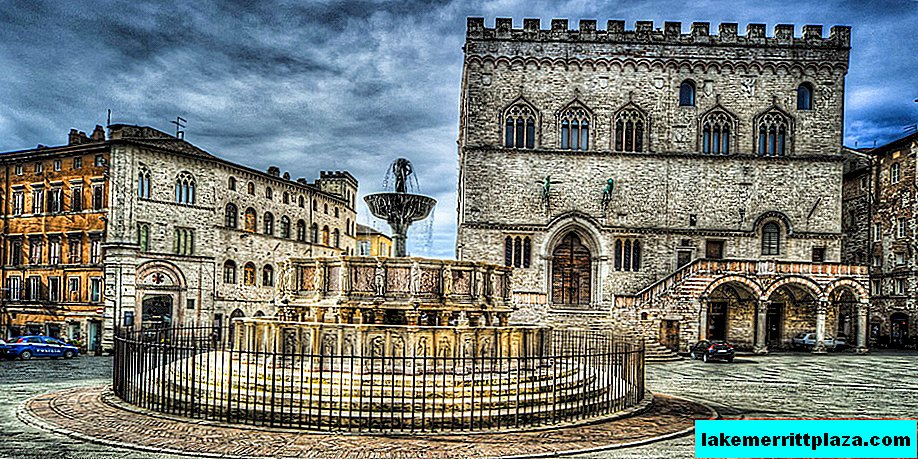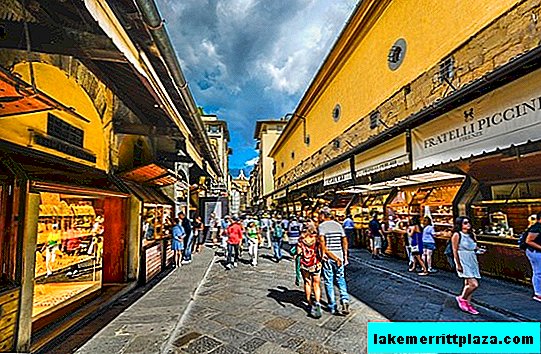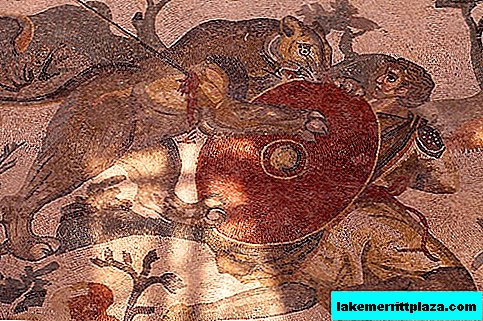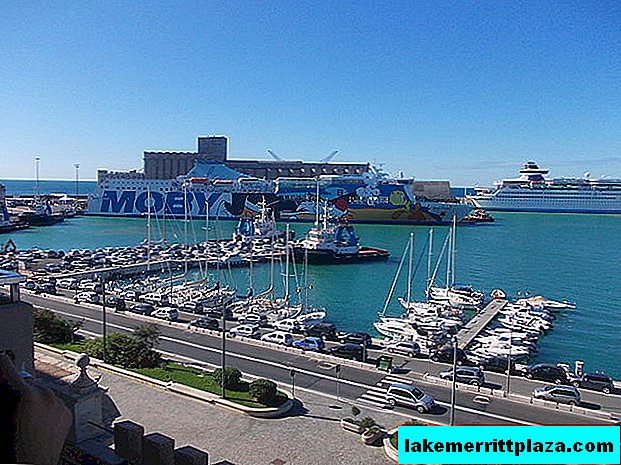The Roman-Germanic Museum will be curious to those interested in the times when Cologne and the surrounding area were a province of the Roman Empire.

Roman-Germanic Museum
The Roman-German Museum (Römisch-Germanisches Museum) is located next to Cologne Cathedral. This is an archaeological museum, its collection covers finds from the Paleolithic to the early Middle Ages. It was founded in 1946 from the German and Roman branches of the Wallraf-Richartz Museum. In 1976, a new building was built for the museum.
Ground floor
One of the treasures of the museum, the mosaic of Dionysus (III century A.D.), can be seen in the lower, underground floor. This is a beautiful mosaic floor, all that remains of an antique villa. Mosaic was discovered in 1941 during the construction of a bomb shelter.
Also on this floor are household items, dishes, clothes and shoes of residents of the Roman colony of the I-IV century. n e.








Top floor
On the top floor of the museum, a thematic exposition of the history of the settlement of the Cologne region by a person is framed, beginning with the Paleolithic, Bronze and Stone Ages. The Roman period is represented by objects from excavations in the area of the wooden bridge of the times of Emperor Constantine, on the territory of the ancient Rhine port and the Roman settlement of Divitia on the left bank of the river.
Here archaeological finds from the Paleolithic times and from the times when Germanic tribes lived on this territory are kept; documents of the Roman period and the Merovingian era; A rich collection of colored glass products, jewelry, sculptures of Princess Agrippina and Emperor Augustus (1st century AD). All exhibits are signed in English.
Working hours
VT-Sun 10: 00-17: 00;
Mon - day off.
Ticket price 9 euros.
How to get there
Take the metro to Dom / Hbf station.


